As the excitement for a new Formula 1 season builds, pre-season testing offers the first real glimpse of the cars in action before the racing officially begins. This is the moment when teams shake down their machines, analyze performance data, and make crucial adjustments ahead of the first Grand Prix. But what exactly is pre-season testing, why does it matter, and how can fans keep up with all the action? Let’s dive in.
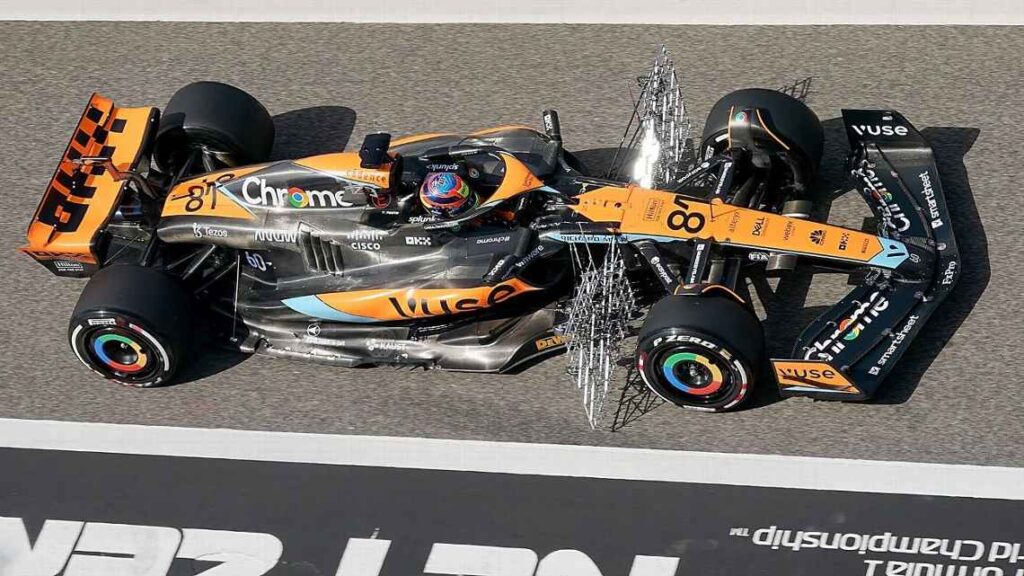
What is F1 Pre-Season Testing?
Formula 1 pre-season testing is an essential event that allows teams to evaluate their new car designs before the official season begins. Unlike race weekends, where every lap is about competition, testing is all about preparation. Teams get a limited window to ensure their new machines function as intended, ironing out any potential reliability issues and making final tweaks before the lights go out at the first race.
The event is highly regulated to ensure fairness among teams. Each team is granted a total of just 24 hours of track time, split across three days, and can only run one car at a time. With such tight restrictions, efficiency is key—every lap completed provides valuable data that can influence car setup and performance decisions for the opening races.
When is F1 Pre-Season Testing in 2025?
The 2025 pre-season test is set to take place from February 26 to February 28. While session timings are yet to be officially confirmed, previous years have followed a pattern where each day runs from 10:00 to 19:00 local time, with a one-hour break in the middle of the session.
Where is F1 Pre-Season Testing?
For the 2025 season, pre-season testing will be held at the Bahrain International Circuit in Sakhir, Bahrain. This venue has become a preferred choice for testing due to its warm and consistent weather conditions, which provide more reliable data compared to colder European circuits. Additionally, Bahrain’s modern facilities and well-maintained track surface make it an ideal location for teams to gather accurate performance insights.
How Can You Watch F1 Pre-Season Testing?
For fans eager to catch the action, there are several ways to follow pre-season testing. In selected regions, F1 TV Pro subscribers can stream live coverage on multiple devices, featuring onboard cameras, expert analysis, and full replays. Additionally, F1’s official broadcast partners may provide live coverage, so checking local listings is recommended.
If live streaming isn’t an option, there are still plenty of ways to stay updated. The official F1 website will offer live text commentary, session updates, and in-depth analysis throughout the event. Fans can also track lap times and key developments via live timing feeds, ensuring they don’t miss any critical moments.
Why is Pre-Season Testing Important for Teams and Drivers?
For teams, pre-season testing is much more than just a shakedown; it’s a vital opportunity to fine-tune their new cars. With each season bringing design changes, teams need to verify that their updates perform as expected. The winter break is a time of intense development, and while teams spend countless hours in wind tunnels and simulators, nothing compares to real track time.
Reliability is another key focus. A car might look perfect on paper, but the true test is whether it can complete race-distance simulations without mechanical issues. Testing also provides engineers with crucial data to compare against wind tunnel predictions, helping them identify areas for improvement before the first race.
For drivers, pre-season testing is equally significant. Even for experienced world champions, stepping into a new car requires an adjustment period. Simulator training can only go so far, and nothing beats the real-world feel of high-speed laps on an actual circuit. For rookies or drivers who have switched teams, this is their first real chance to familiarize themselves with their new machinery and working environment.
What to Watch for During Pre-Season Testing
One of the biggest talking points during pre-season testing is car design. Teams rarely reveal everything in launch events, so the first on-track outing often provides fans with a closer look at new aerodynamics, sidepod shapes, and wing configurations. Engineers will often attach aero rakes—metal frames filled with sensors—to measure airflow, and cars will be covered in flow-vis paint, a fluorescent liquid that visualizes air movement to check whether reality matches simulations.
Mileage is another key factor. While a high lap count can indicate strong reliability, it doesn’t always translate to race-day success. In 2024, for example, Kick Sauber completed 379 laps during testing but struggled throughout the season, finishing 10th in the Constructors’ Championship. Meanwhile, McLaren, who ended up as champions, completed only 328 laps, showing that outright pace and long-term development matter more than just testing mileage.
Do the Timesheets Matter in Pre-Season Testing?
While it’s tempting to look at the fastest lap times and draw conclusions about the pecking order, testing times should always be taken with a grain of salt. Teams frequently run different fuel loads and tire compounds, meaning a quick time doesn’t necessarily reflect true performance. In 2024, Ferrari topped the testing timesheets with Carlos Sainz and Charles Leclerc setting the fastest laps on Days 2 and 3, yet McLaren ultimately emerged as the season’s dominant force.
Another factor to consider is “sandbagging,” where teams deliberately run slower lap times to mask their true potential. This tactic can be used to prevent rivals from gaining insights into their car’s real performance. Conversely, some teams may go for headline-grabbing laps to boost morale or attract media attention, even if they aren’t truly in contention for race wins.

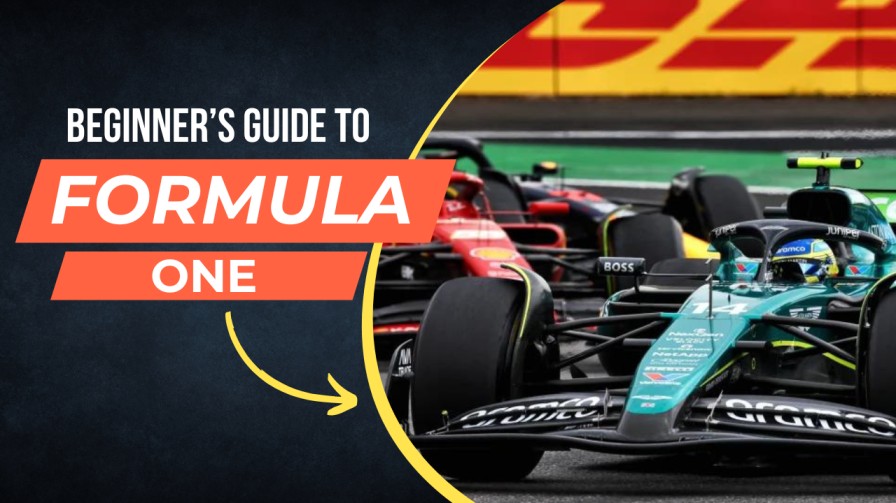
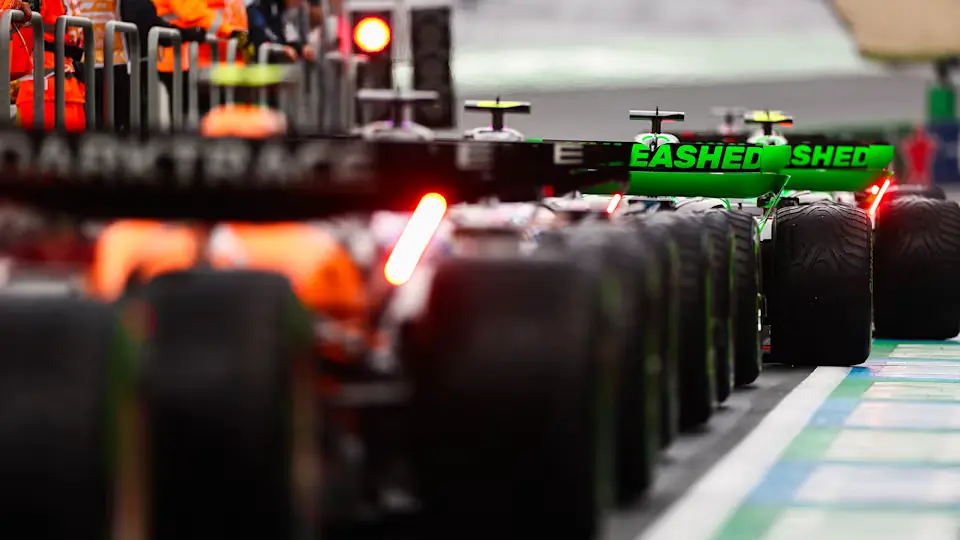
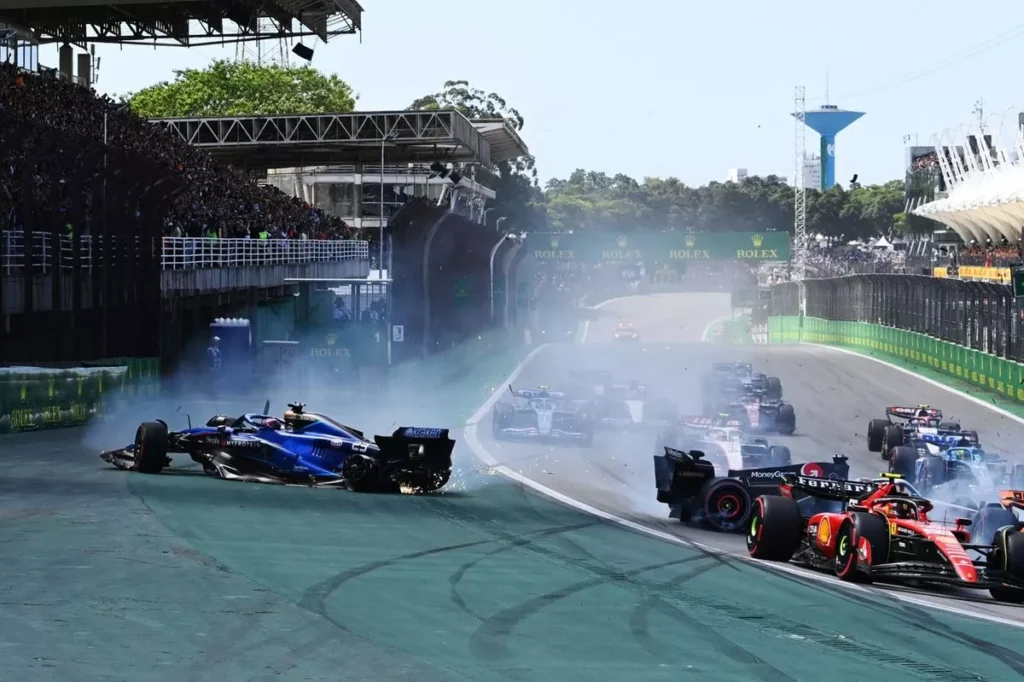


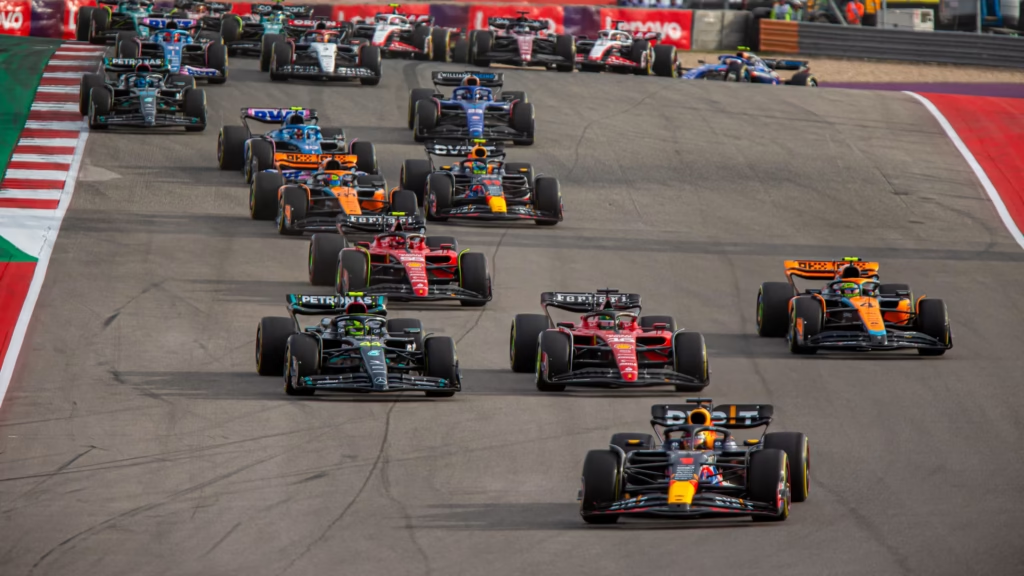
Very interesting topic, thanks for posting.